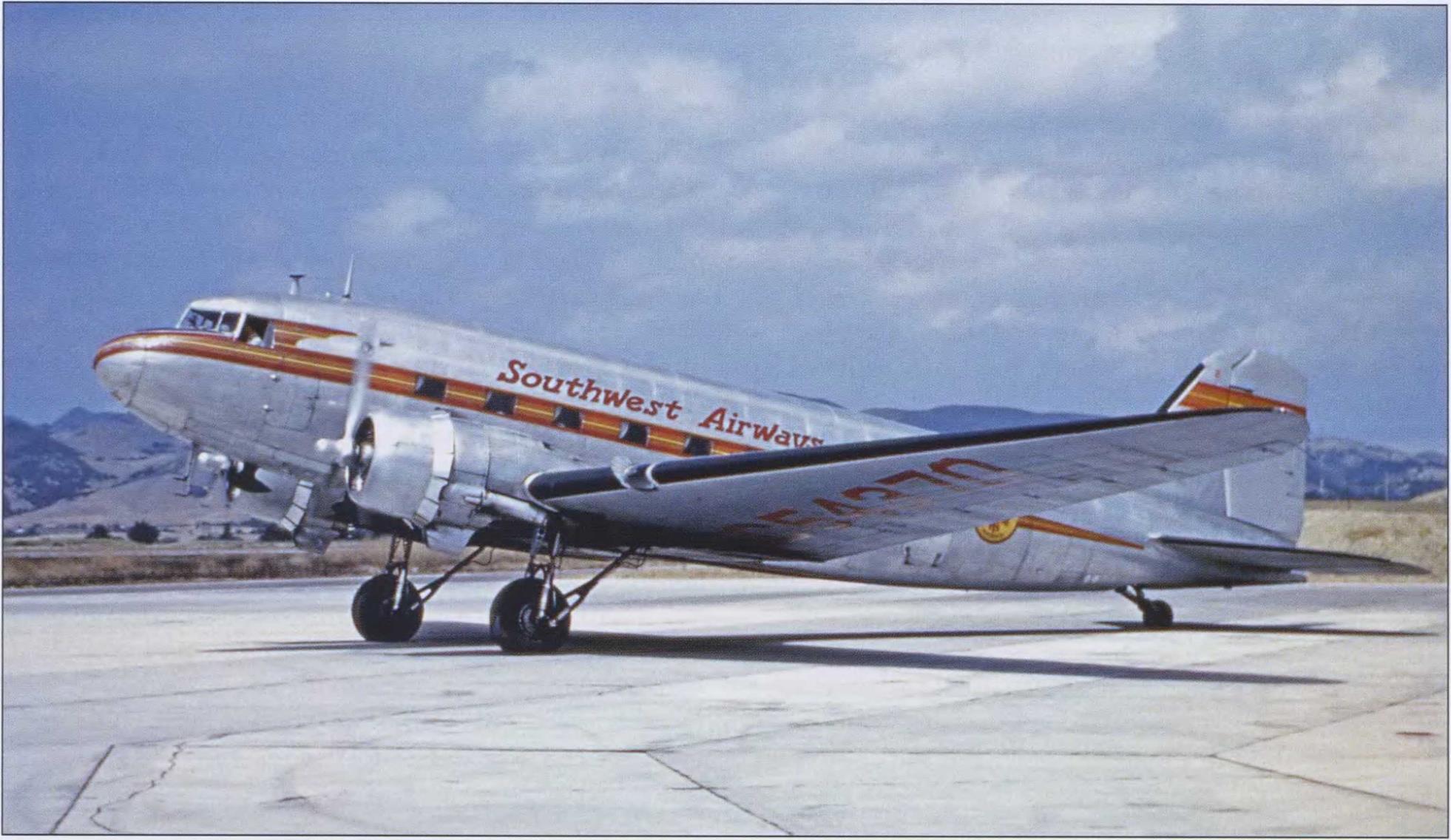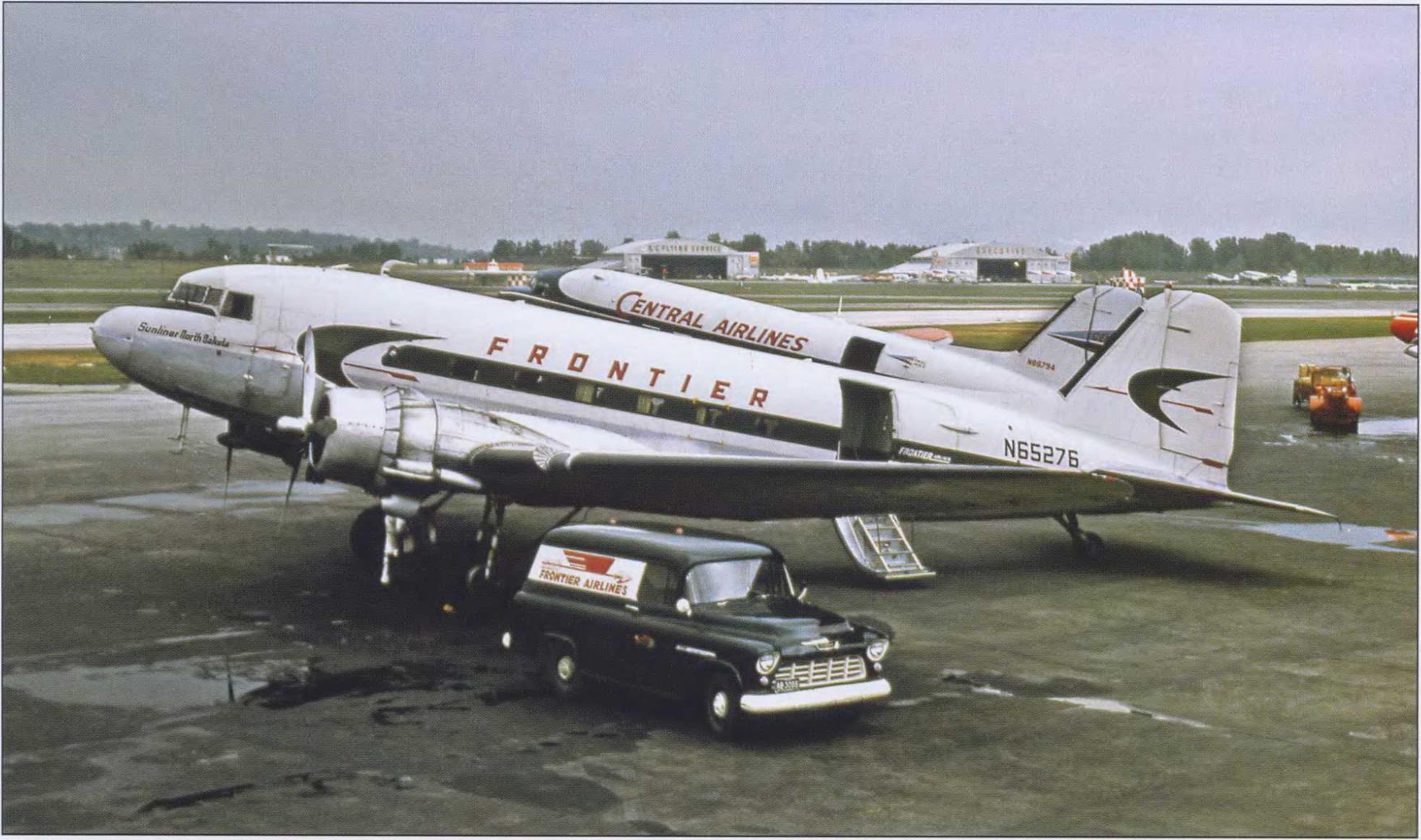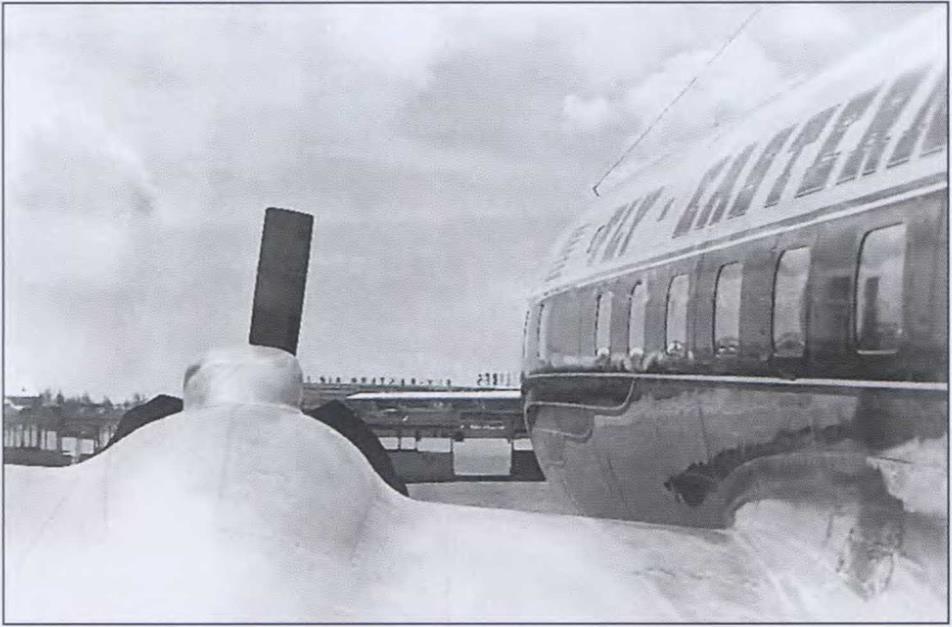Lockheed 1049 Super G Constellation
Meanwhile, over in Burbank, the folks at Lockheed were crafting their own “perfect” airliner of the times, known as the 1049 G Super Constellation, or simply, Super-G.
When one thinks of the Connie, one of the strongest details associated with any airplane comes to mind remembering the G model’s optional and removable wingtip tanks. Lockheed certainly had a penchant for these types of auxiliary fuel tanks, and the Super-G was the best application of this technology ever used on a passenger airplane. Combined with a radar nose and the stretched fuselage of the earlier 1049, the Super-G package was by far the quintessential Constellation in terms of both style and practical design.
The G model’s gross weight climbed to 137,500 pounds, which included 609 gallons of fuel housed in each of the wing tanks. Range, even at this weight, was a few hundred miles more than the DC-7B, giving the Connie a small leg up on its Douglas competition. The amount of fuel carried in the G airplane was an amazing two-thirds again as much as the original Model 49 from just 10 years prior. This is the type of refinement of
|
Not to be confused with today’s Southwest Airlines, Southwest Airways was later renamed Pacific Air Lines and served local towns on the West Coast until it merged into Air West in 1968. It began operations in 1946. One of Southwest’s original DC-3s is seen taxiing at Santa Maria, California. (William T. Larkins) |
|
Two local-service carriers are represented in this picture taken at Kansas City in June 1962. Frontier would later acquire Central in a merger. Both airplanes are converted C-47 transports with original cargo door installations. (Bob Woodling) |
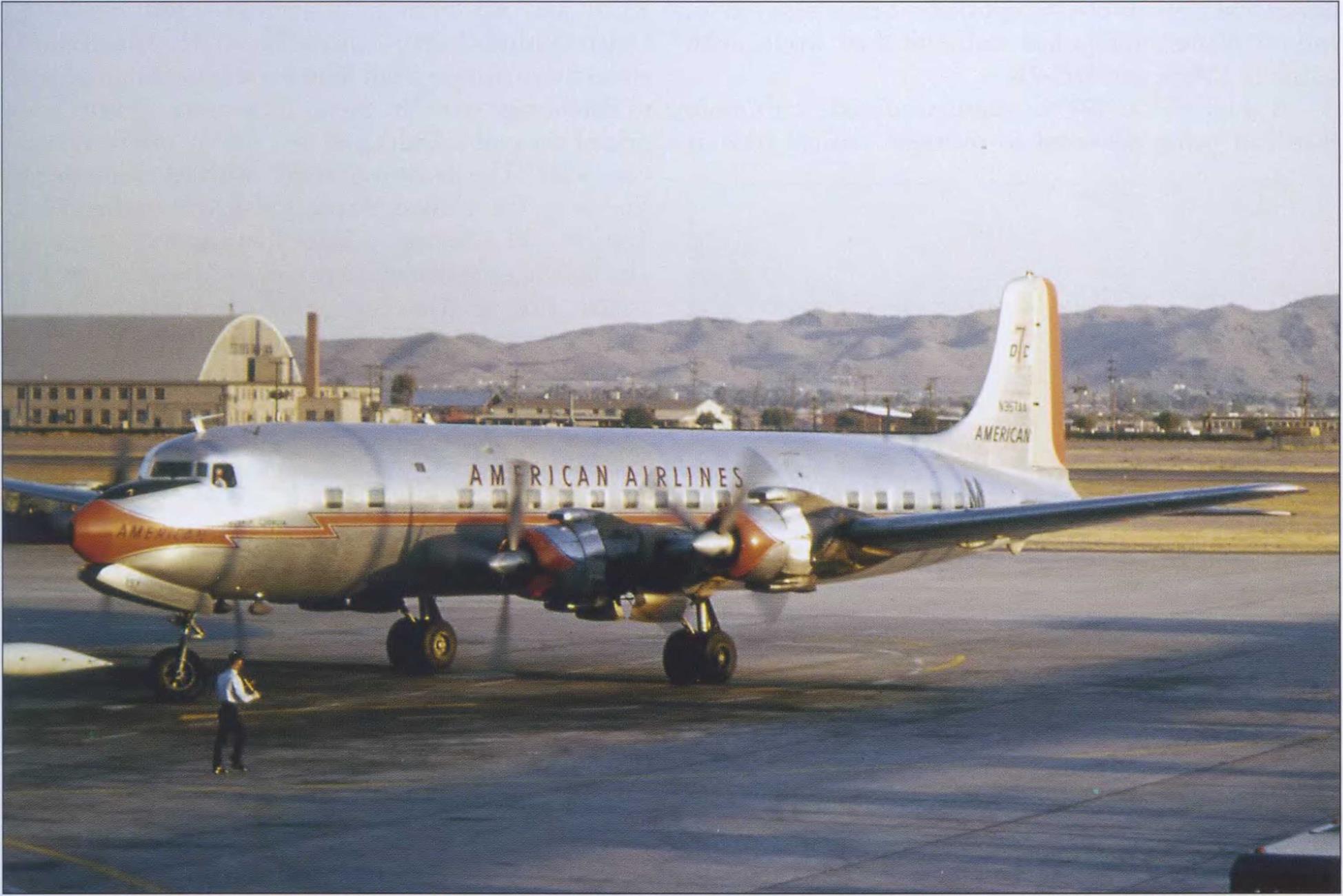
|
|
|
|
|
|
 |
|
|
|


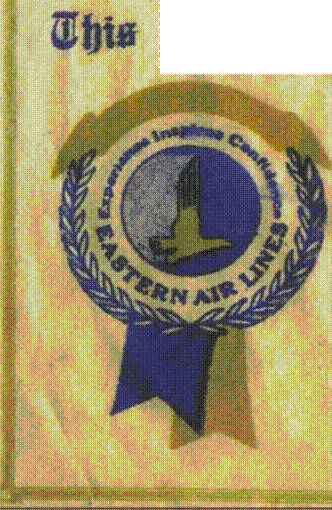



![]()
design and growth-of-concept that we have referred to, and the manufacturers had really hit their strides with both the 1049G and DC-7B.
A total of 102 1049Gs were produced, with more than half being delivered to overseas carriers such as
|
This July 1956 photo shows the passenger’s-eye view while boarding a brand-new Eastern Air Lines DC-7B Golden Falcon preparing to depart from Miami International Airport for New York’s Idlewild Airport. (Sykes Machat photo) |
KLM and Air France. In January 1955, Northwest Orient Airlines began transpacific service using G models to fly to Tokyo from Seattle via Honolulu and later, to Anchorage over the great circle route. On the other side of the globe, Lufthansa was having marvelous success with “The Senator Service” with its twice-weekly flights to the United States. Lufthansa configured its Super-Gs in a deluxe 32-seat cabin layout and this service was later extended to the airline’s South American routes. For air passengers, this was undoubtedly the best time in the world to be flying aboard a new airliner from Douglas or Lockheed.











